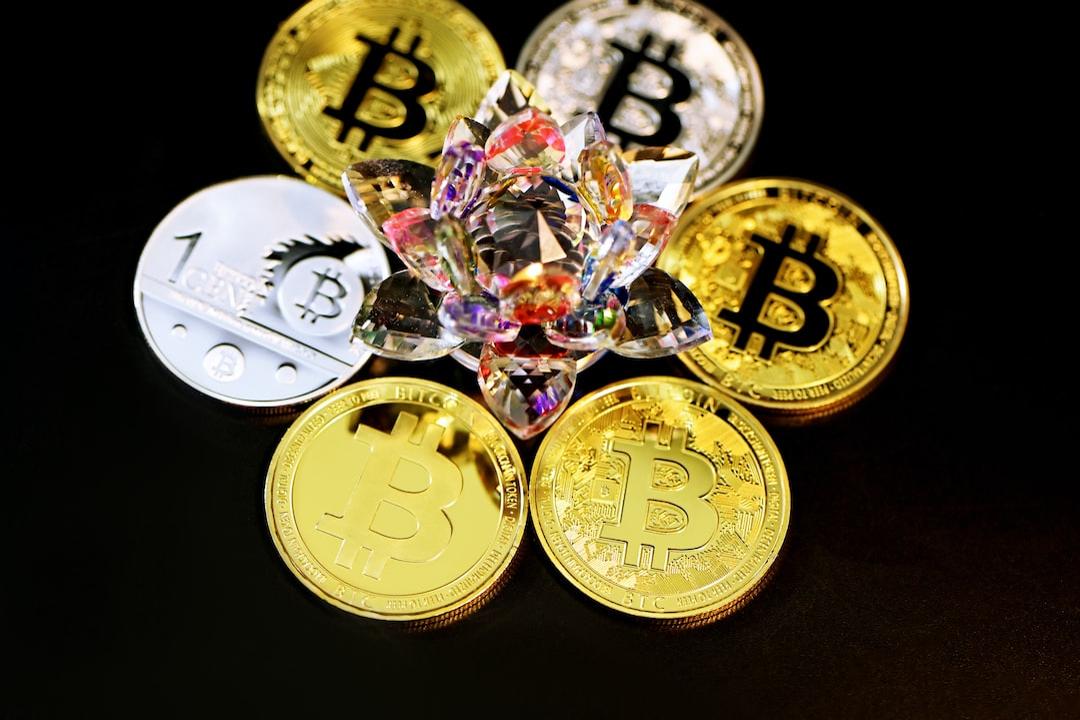Globalization Winds Down: The World Enters a Fragmented Era
As changes in trade policies, rising tariffs, and increasing inflationary pressures prompt investors to recalibrate their investment decisions.
(Background: Full text of BlackRock CEO’s letter to investors: Bitcoin is eroding the dollar’s reserve status, and tokenization will lead the capital revolution.)
(Context: Is the bull market dead? Are investors still hopeful? Crypto KOL recommends 10 “key signals” at the market’s peak.)
Recently, legendary investor Howard Marks shared his profound insights on the current investment environment during a Bloomberg program. He did not attempt to spread fear nor predict short-term market trends; instead, he emphasized how the “Day of Liberation” is redefining our approach to investing.
Marks pointed out that the world is not heading towards an end, but the rules of investing are undergoing fundamental changes. For decades, investors have benefited from the tailwinds of globalization: open trade, efficient supply chains, and low commodity prices. However, these tailwinds are gradually fading. Instead, we are entering a fragmented era. Countries are reevaluating trade policies, tariffs are continuously rising, and domestic production is being prioritized, even if it means higher costs. This shift has profound implications for the economy, inflation, and asset prices.
Trade is not merely a political issue; it is the engine of the economy. When nations achieve mutual benefits through specialization and efficient trade, everyone can benefit: lower prices, higher productivity, and broader access to goods. However, reversing this trend comes at a cost. One of the most underestimated impacts of globalization is its role in suppressing inflation. As global trade expanded, the costs of many goods dropped significantly, benefiting central banks, consumers, and investors. But as trade contracts, cost pressures increase. Domestic manufacturing often means higher wages, increased input costs, and reduced efficiency. This is not necessarily a bad thing, but it is inflationary, altering the assumptions we’ve relied on for decades.
So how should investors respond?
Marks emphasizes the need to rethink the context of every investment decision. For instance, if inflation is structurally higher, then valuation multiples may need to be adjusted downward, capital costs will rise, and discount rates will again become important. He is not suggesting to “sell everything,” but rather advising investors to recalibrate their investment strategies and not rely on old models in the new world. Assumptions of mean reversion are decreasing, systemic changes are increasing, and caution must be exercised regarding the risks taken.
Another key point is that in such an environment, forecasting becomes impractical. We cannot reliably predict what policies, partnerships, or power dynamics will look like 6 to 12 months from now. This is not a flaw but a reality. If precise forecasting is not possible, what can we do? Marks believes we can anchor ourselves through probabilities, positioning, and pricing. Instead of trying to predict, we should focus on whether the pricing of assets is reasonable relative to this new context and then ask ourselves, “Is this fair?”
When uncertainty is high, discipline becomes particularly important. Marks advises investors to view volatility as a lens for discovering opportunities rather than a reason to avoid them. The best opportunities often arise when others hesitate, but you must remain logical rather than emotional. Furthermore, do not confuse price declines with increased risk. Markets will discount, as it is part of the cycle. The key question is not, “Will it drop lower?” but “Am I being fairly compensated for the risk I am taking?”
Despite these changes, Marks still believes that the United States is a strong place to invest. It has deep capital markets, world-class innovation, and the rule of law—though evolving, it still surpasses most alternatives. However, the label of “automatic best” is no longer applicable. What is needed now is judgment rather than assumptions.
Howard Marks does not provide specific market predictions; he offers perspective. This moment requires not just reactions but a reassessment of how we invest—and why. The world is changing, and savvy investors will adjust accordingly.



